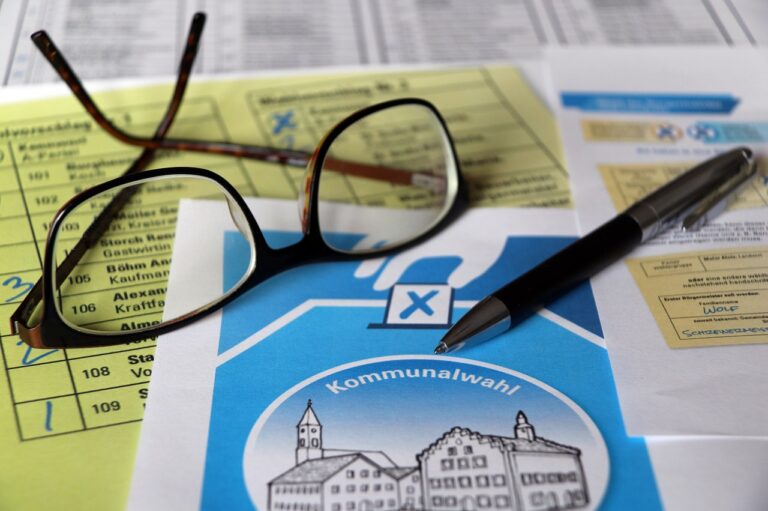Analyzing the Impact of Polling Booth Accessibility on Voter Turnout Rates
betbhai9 registration, radheexch/admin, my 99 exch:Analyzing the Impact of Polling Booth Accessibility on Voter Turnout Rates
Polling booth accessibility plays a crucial role in determining voter turnout rates during elections. In many countries, including the United States, barriers to accessing polling booths can significantly impact citizens’ ability to participate in the democratic process. In this article, we will delve into the various factors that influence polling booth accessibility and examine their impact on voter turnout rates.
Barriers to Polling Booth Accessibility
There are several factors that can hinder individuals from accessing polling booths during elections. These barriers can include physical obstacles such as lack of wheelchair ramps, inadequate signage, limited parking spaces, and long wait times. Additionally, individuals living in rural areas may face challenges due to a lack of transportation options to reach polling booths.
The Impact of Polling Booth Accessibility on Voter Turnout Rates
Research has shown that polling booth accessibility can have a significant impact on voter turnout rates. When polling booths are not easily accessible, individuals with disabilities, the elderly, and those living in rural areas are less likely to vote. This can result in lower overall voter turnout rates and can skew election results.
Improving Polling Booth Accessibility
There are several strategies that can be implemented to improve polling booth accessibility and increase voter turnout rates. These strategies include:
1. Providing accessible transportation options for individuals who have difficulty reaching polling booths.
2. Ensuring that polling booths are located in easily accessible locations, with ample parking spaces and clear signage.
3. Implementing technology solutions such as online voting options or mobile polling stations to make voting more convenient for all citizens.
4. Training polling booth staff to assist individuals with disabilities and other accessibility needs.
By addressing these barriers to accessibility, governments can help ensure that all citizens have equal opportunities to participate in elections and exercise their right to vote.
FAQs
Q: How does polling booth accessibility impact voter turnout rates?
A: Polling booth accessibility can have a significant impact on voter turnout rates, as individuals who face barriers to accessing polling booths are less likely to vote.
Q: What are some common barriers to polling booth accessibility?
A: Common barriers to polling booth accessibility include physical obstacles such as lack of wheelchair ramps, inadequate signage, limited parking spaces, and long wait times.
Q: What strategies can be implemented to improve polling booth accessibility?
A: Strategies to improve polling booth accessibility include providing accessible transportation options, locating polling booths in easily accessible locations, implementing technology solutions, and training polling booth staff to assist individuals with disabilities.
In conclusion, polling booth accessibility plays a crucial role in determining voter turnout rates during elections. By addressing barriers to accessibility and implementing strategies to improve access, governments can help ensure that all citizens have the opportunity to participate in the democratic process and make their voices heard.







